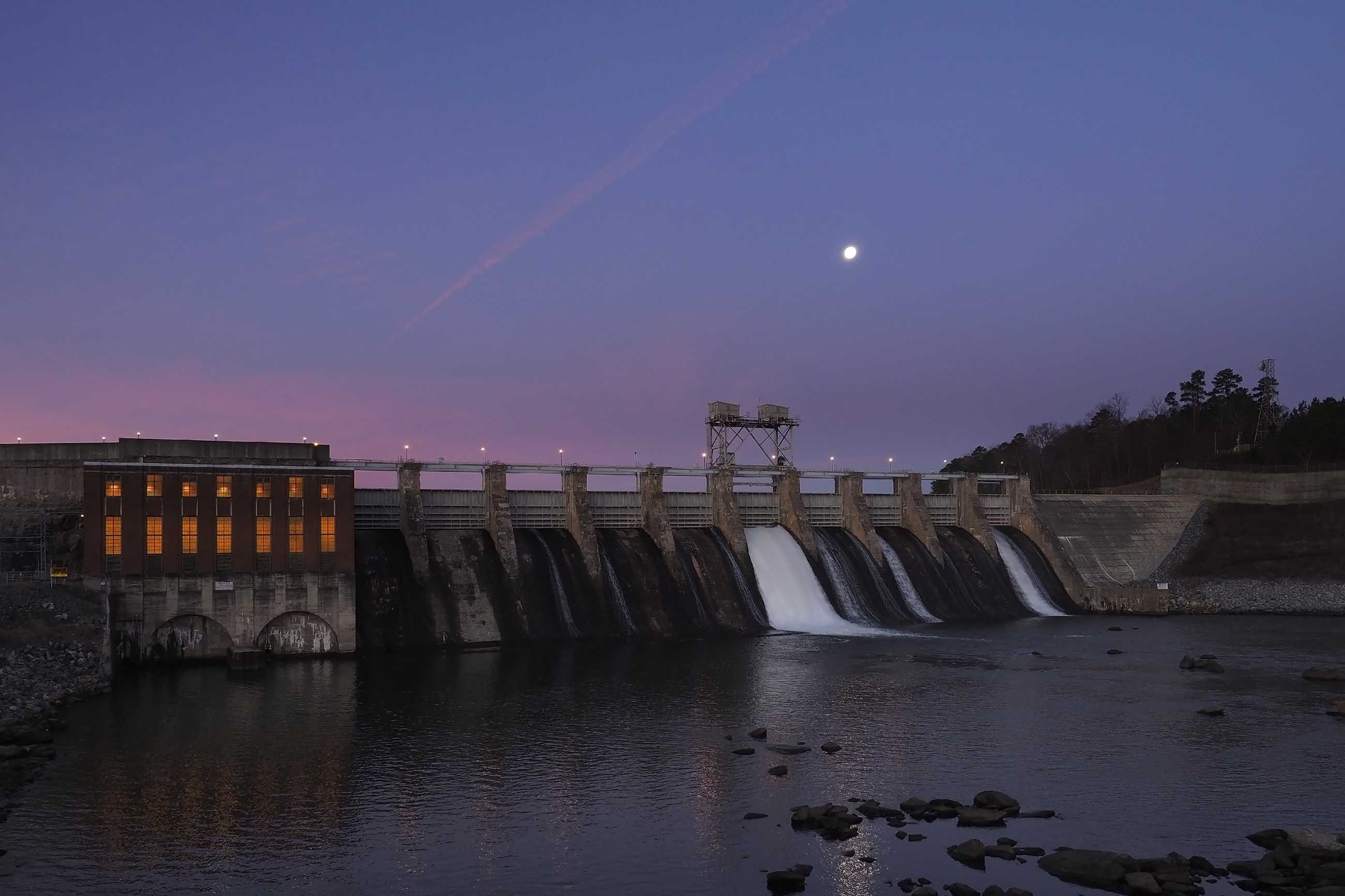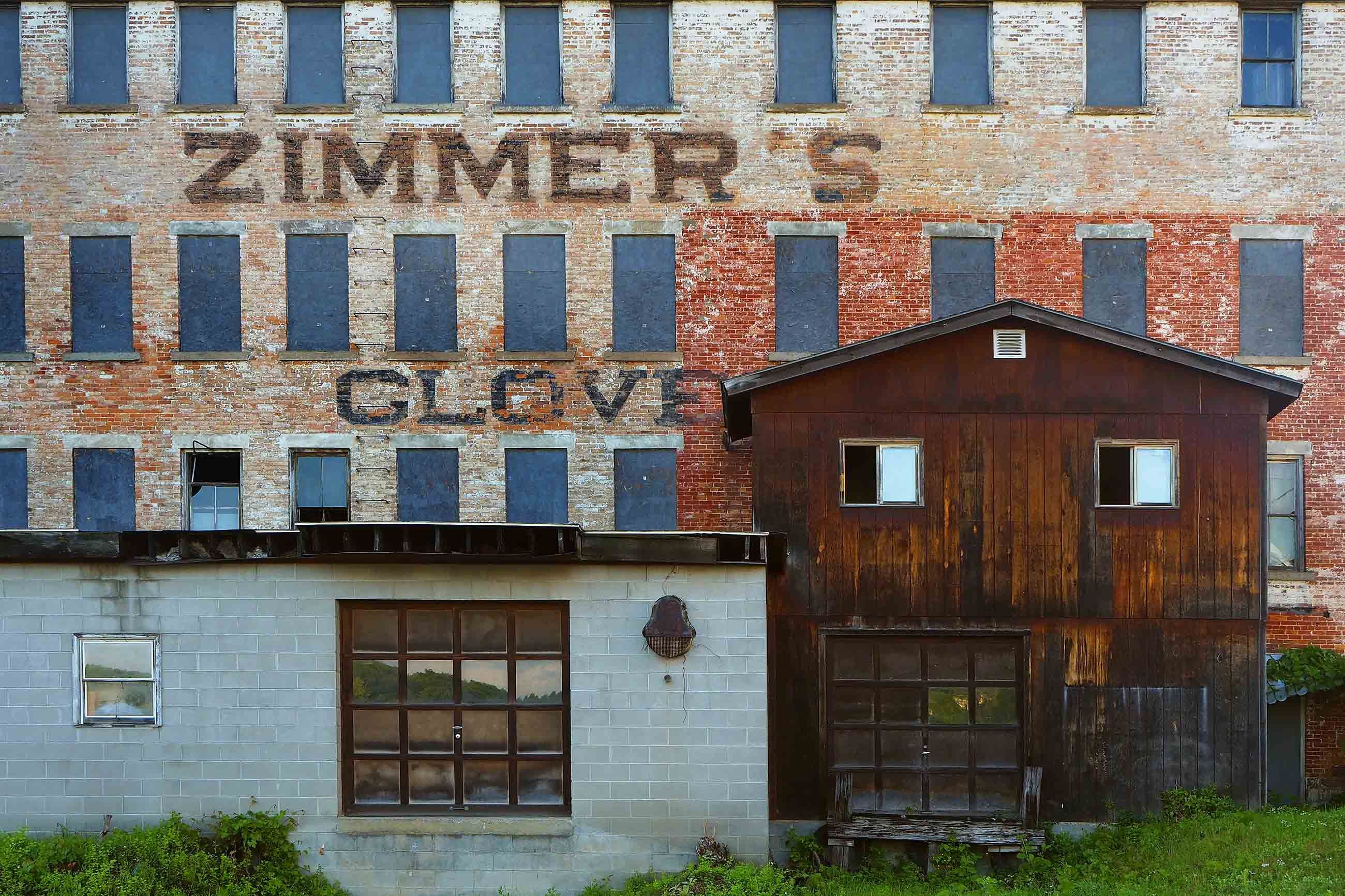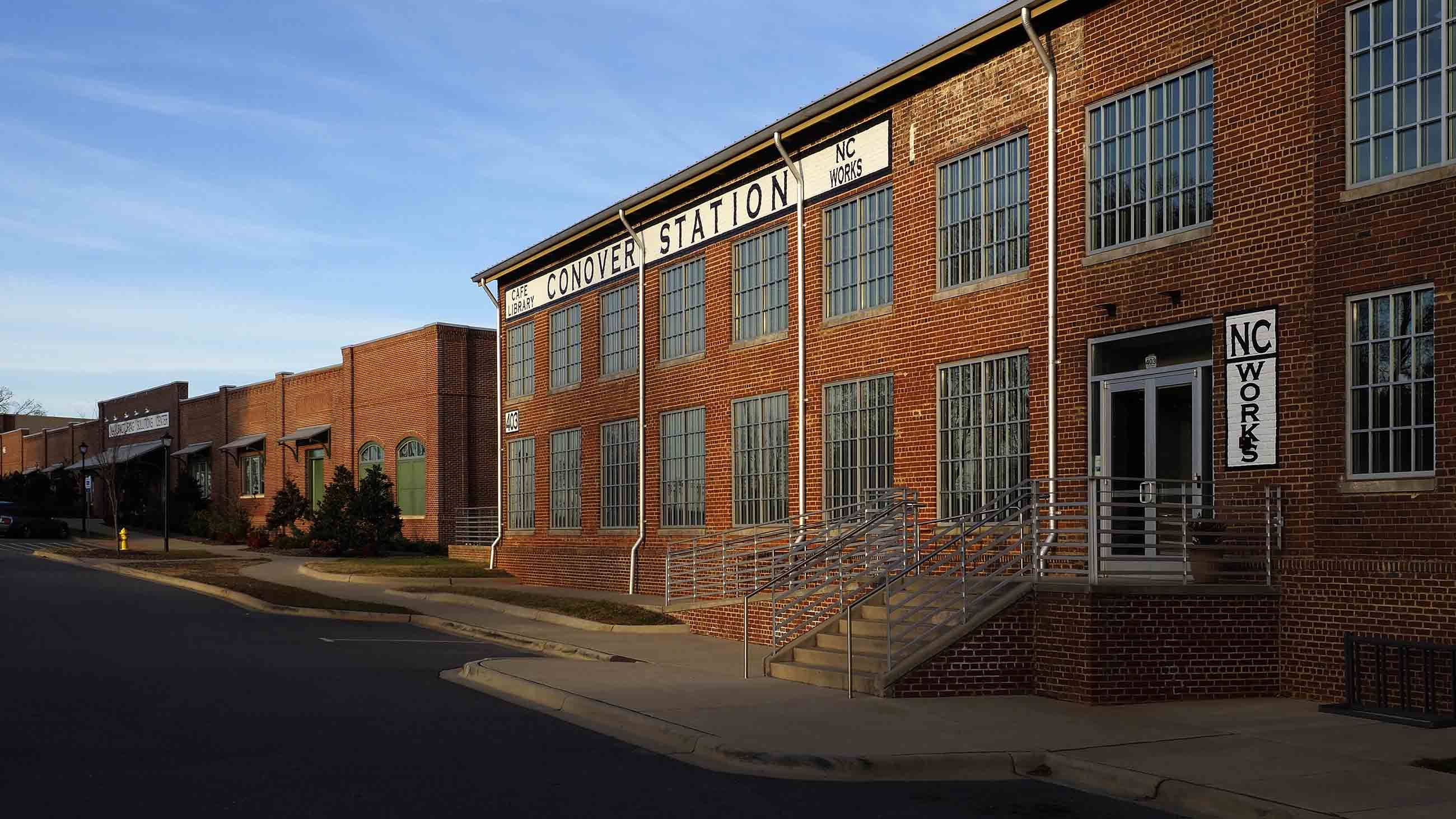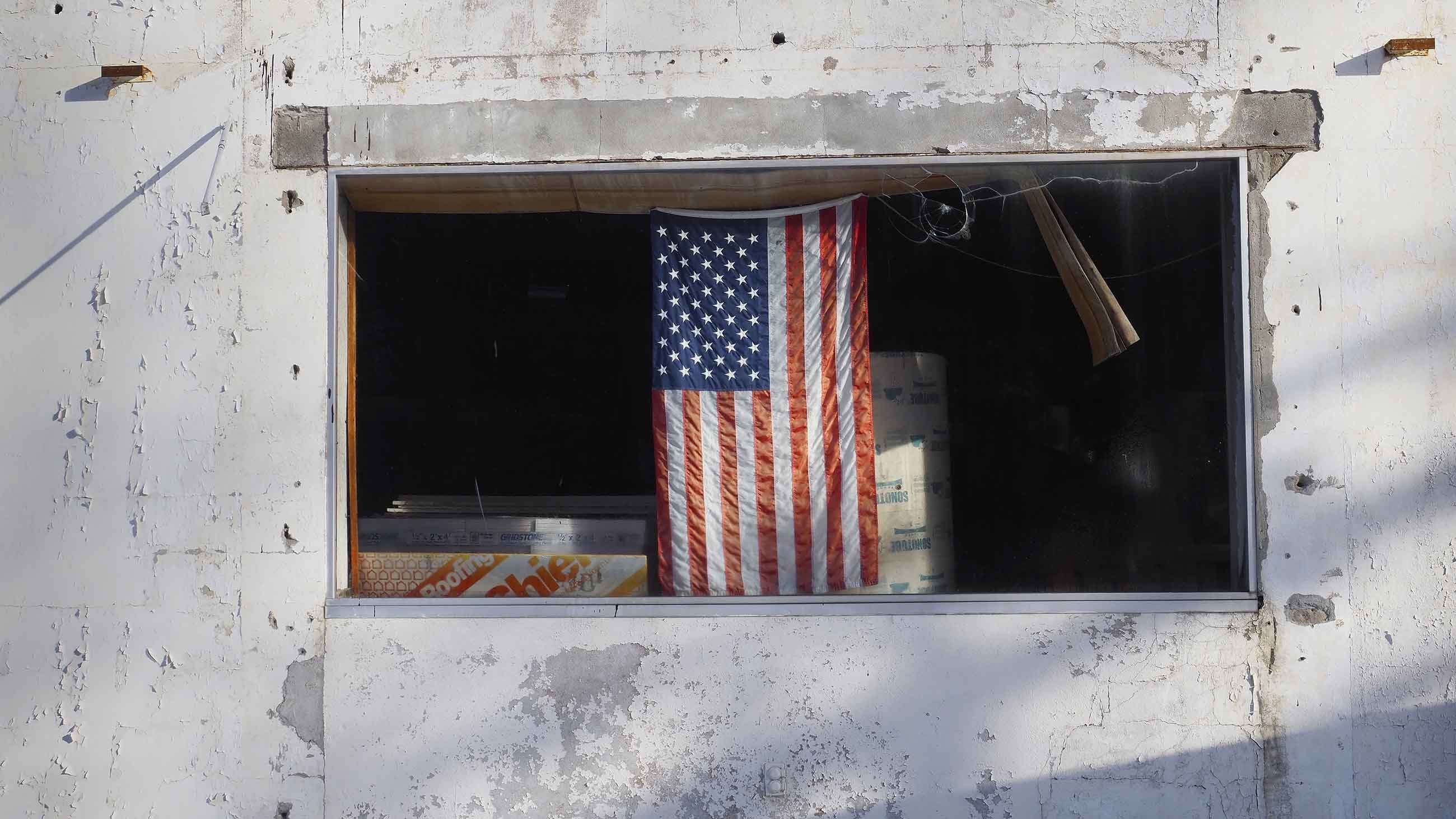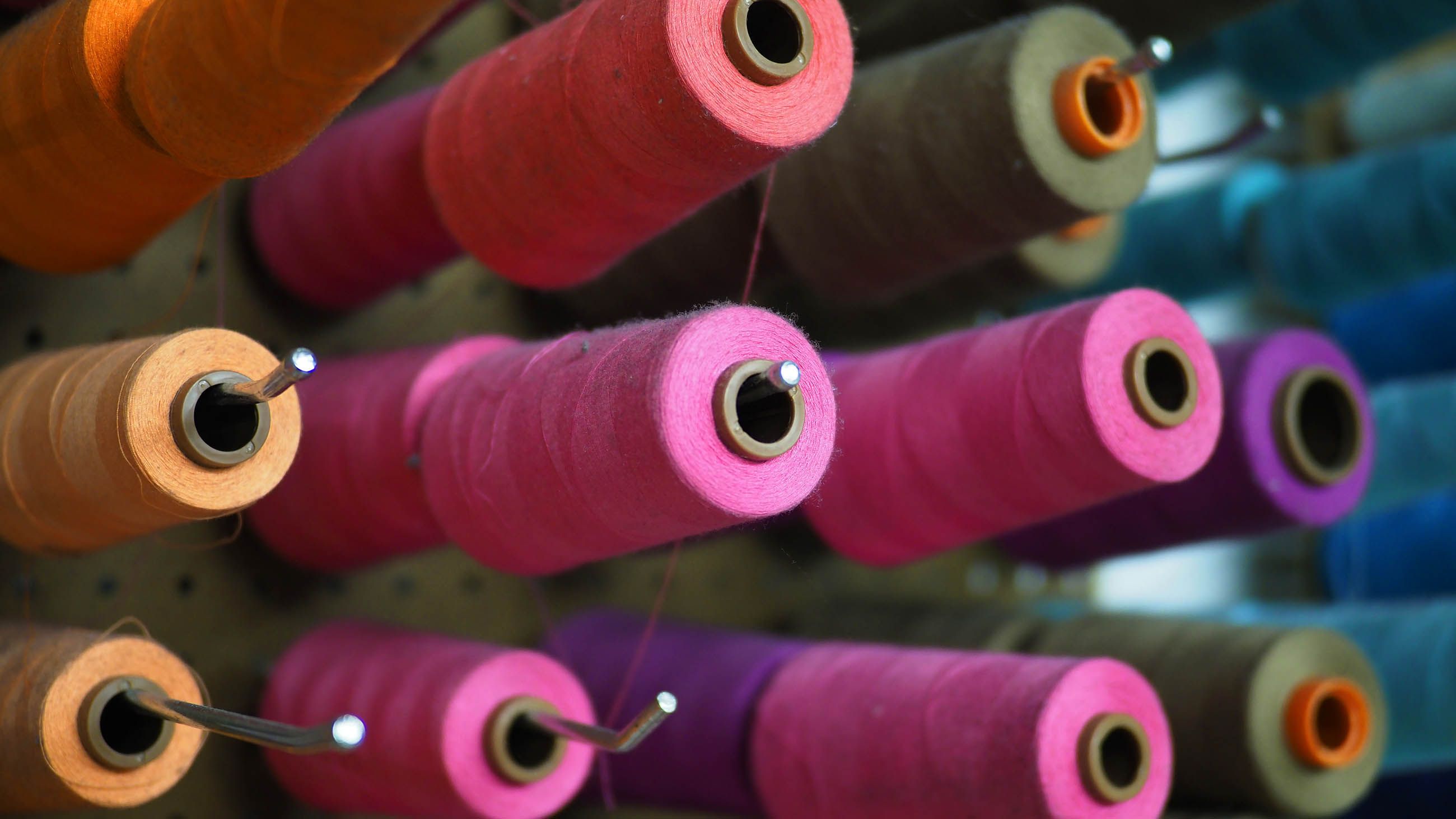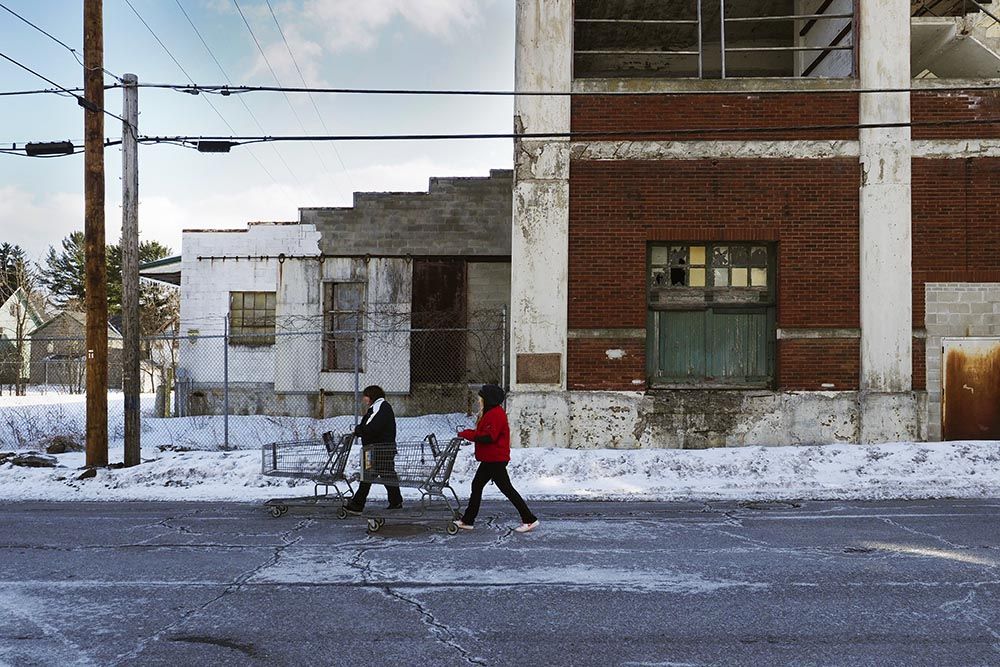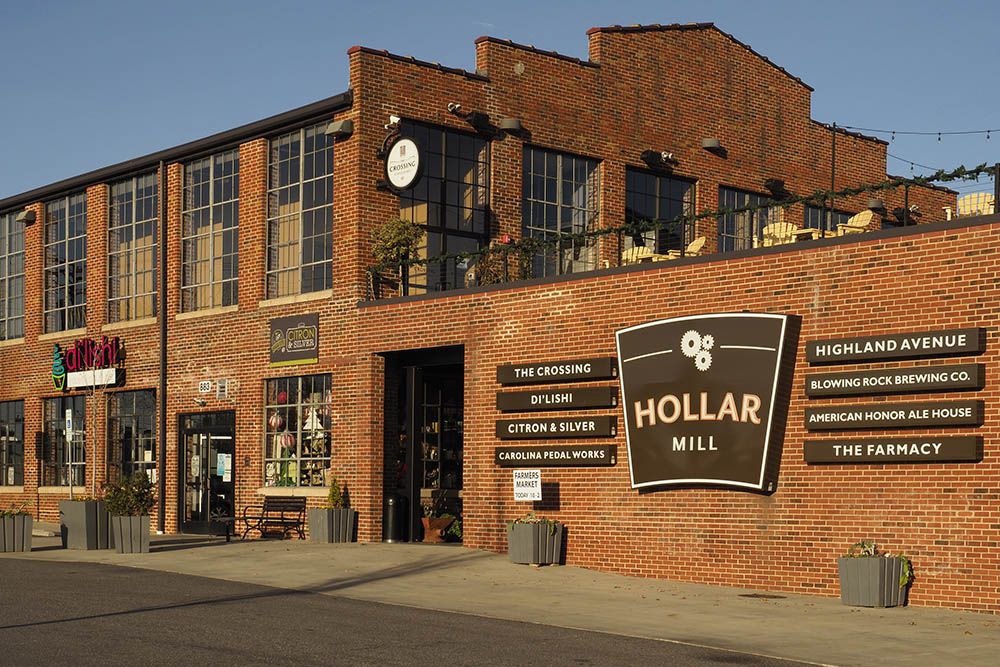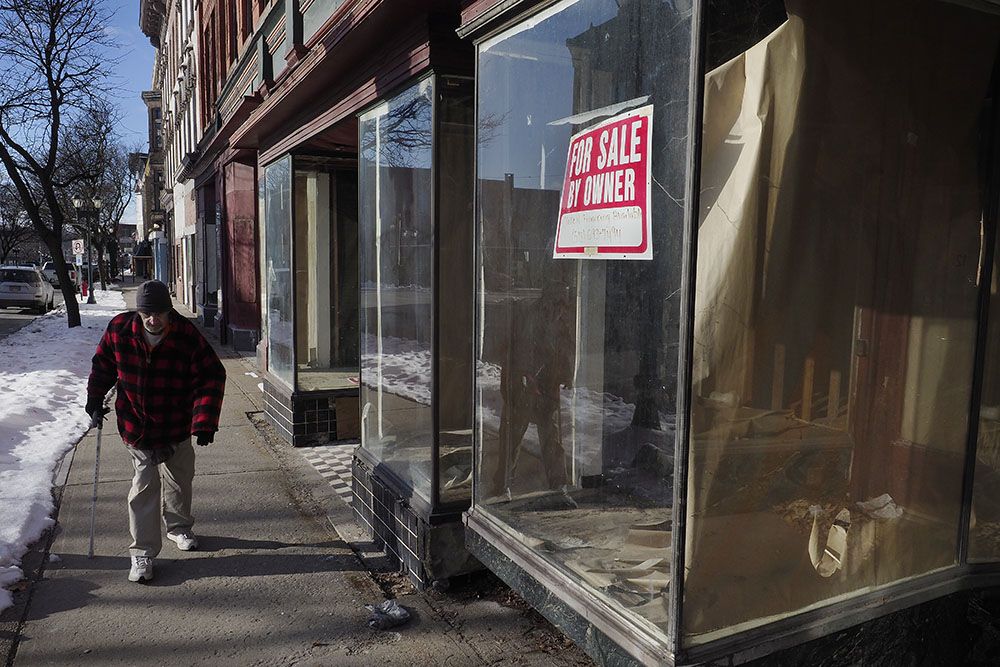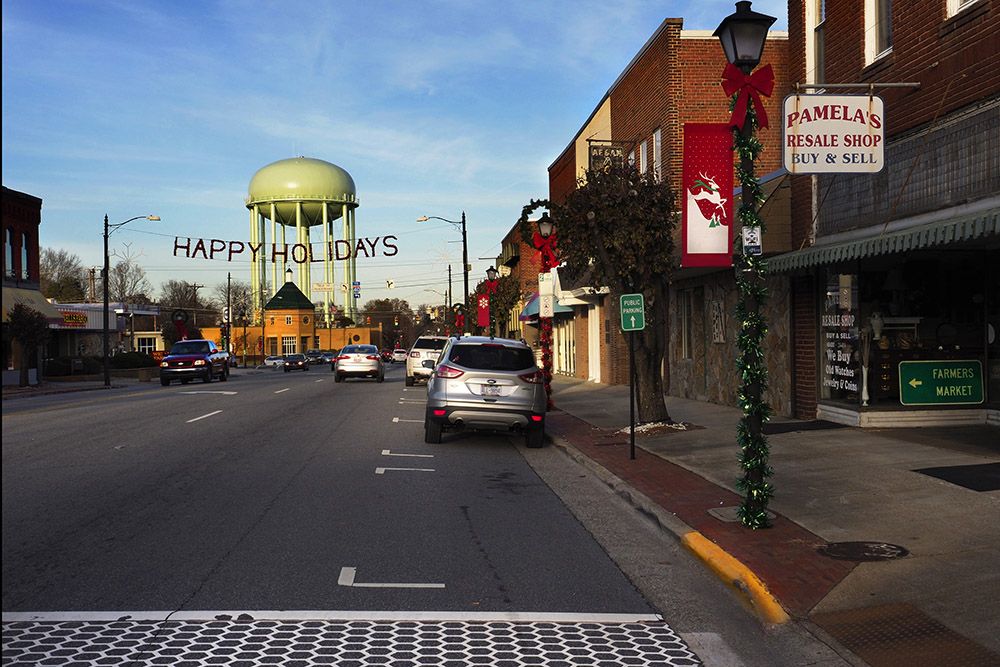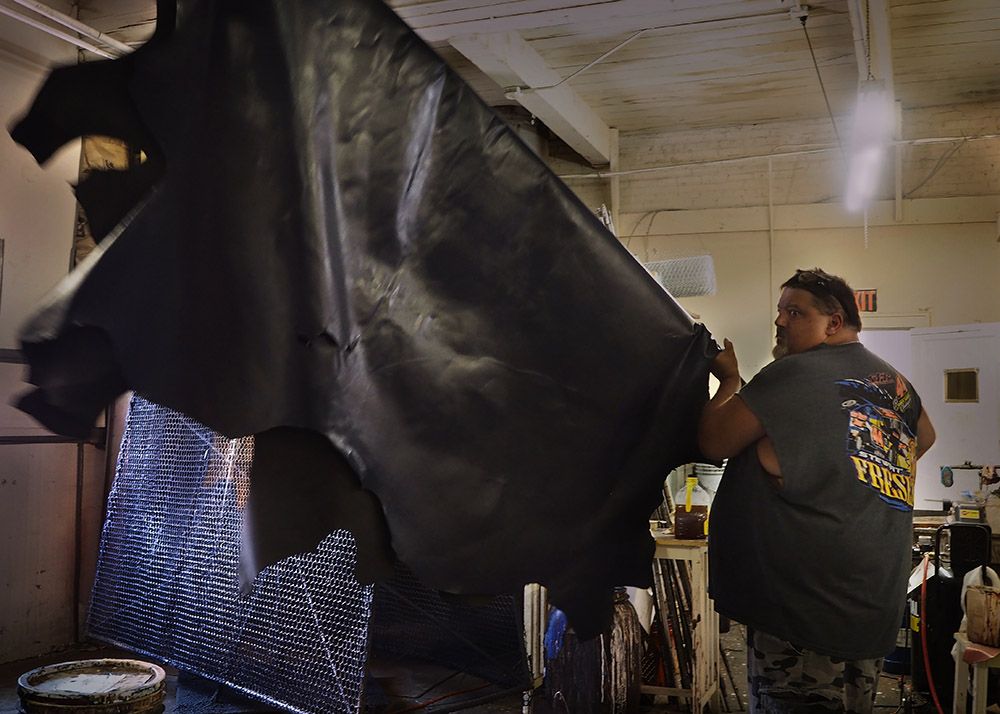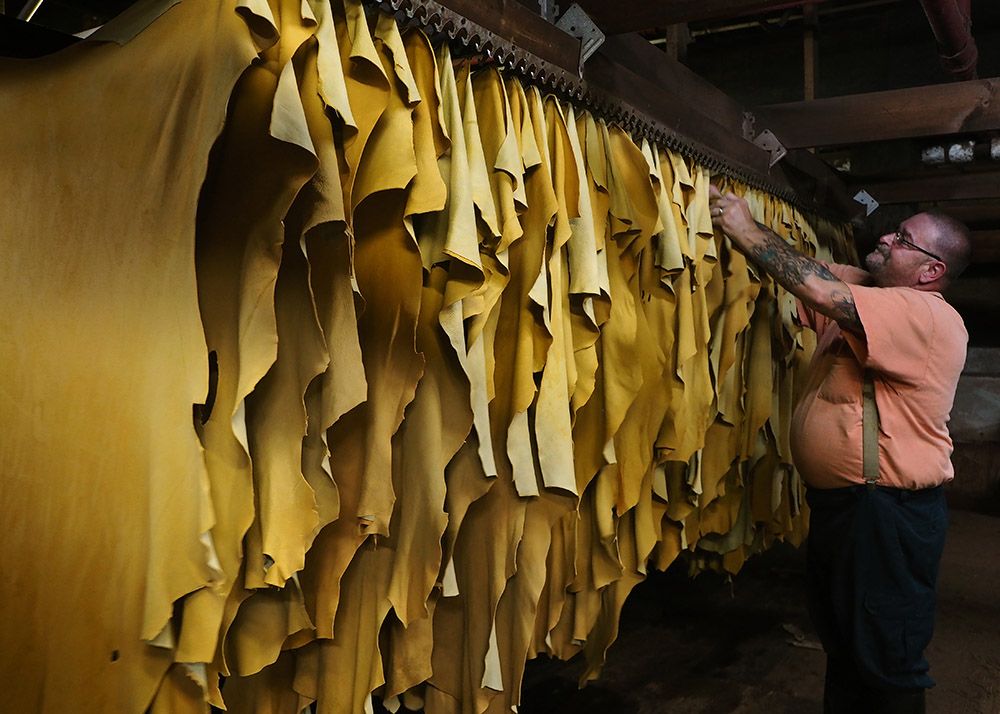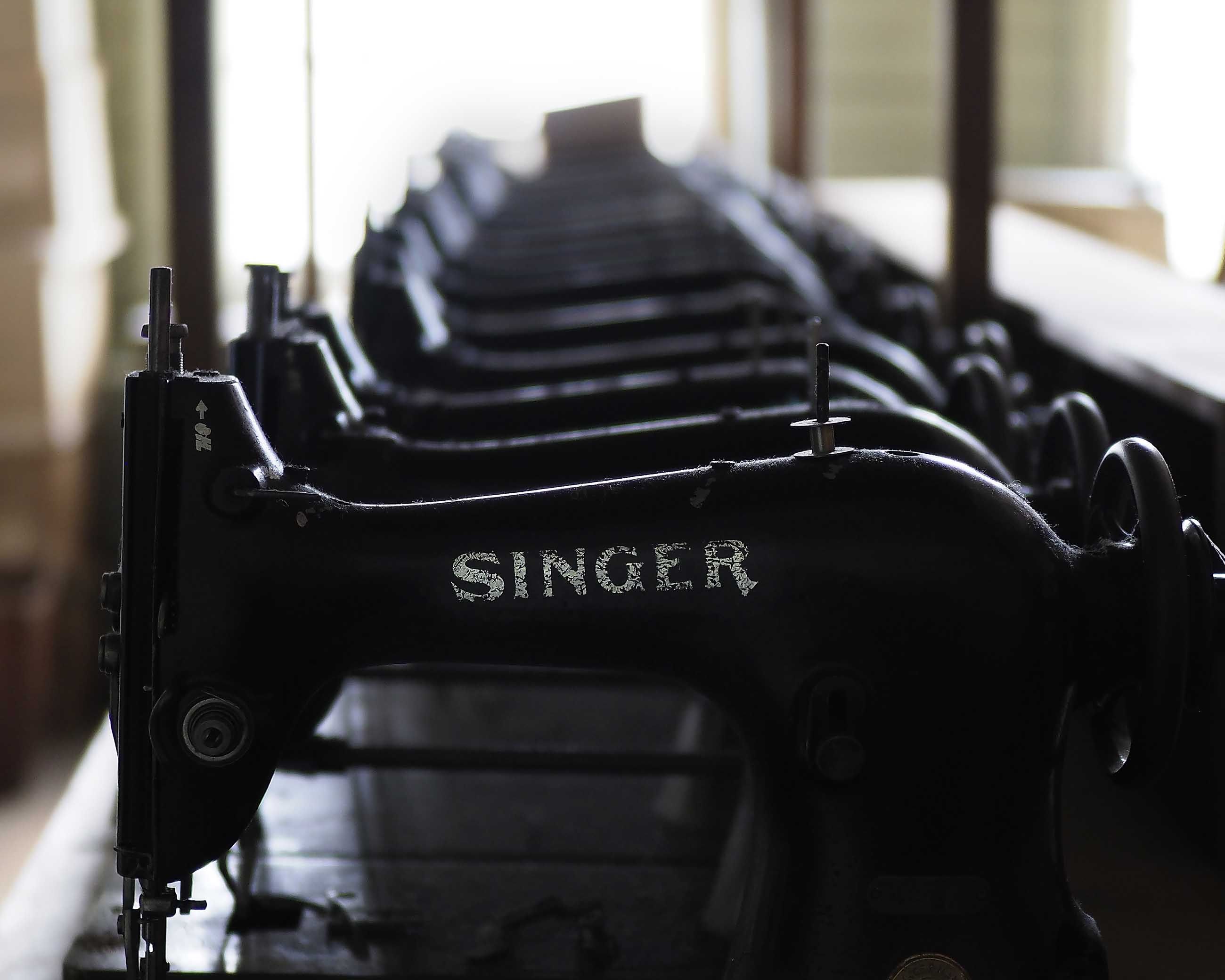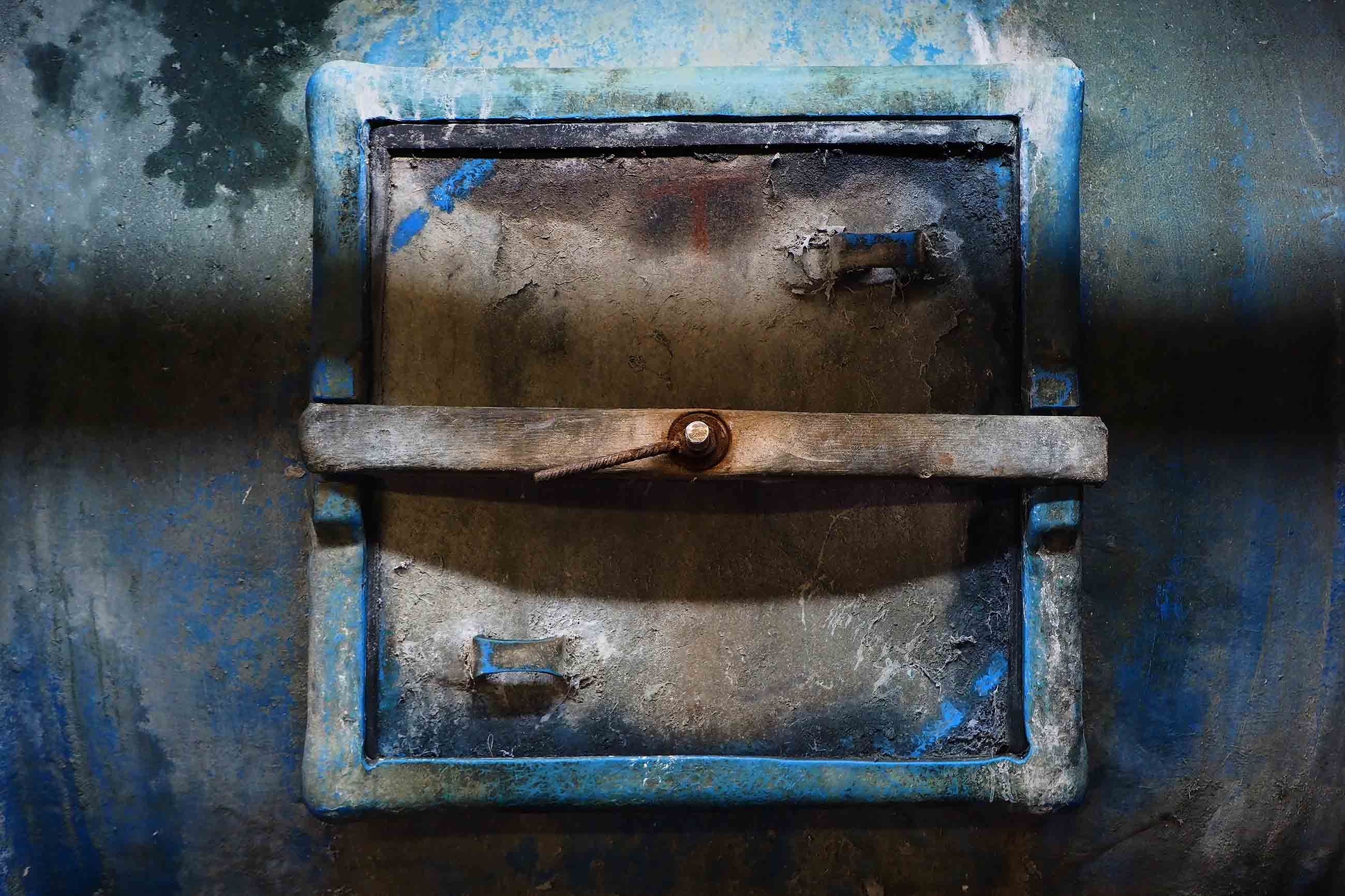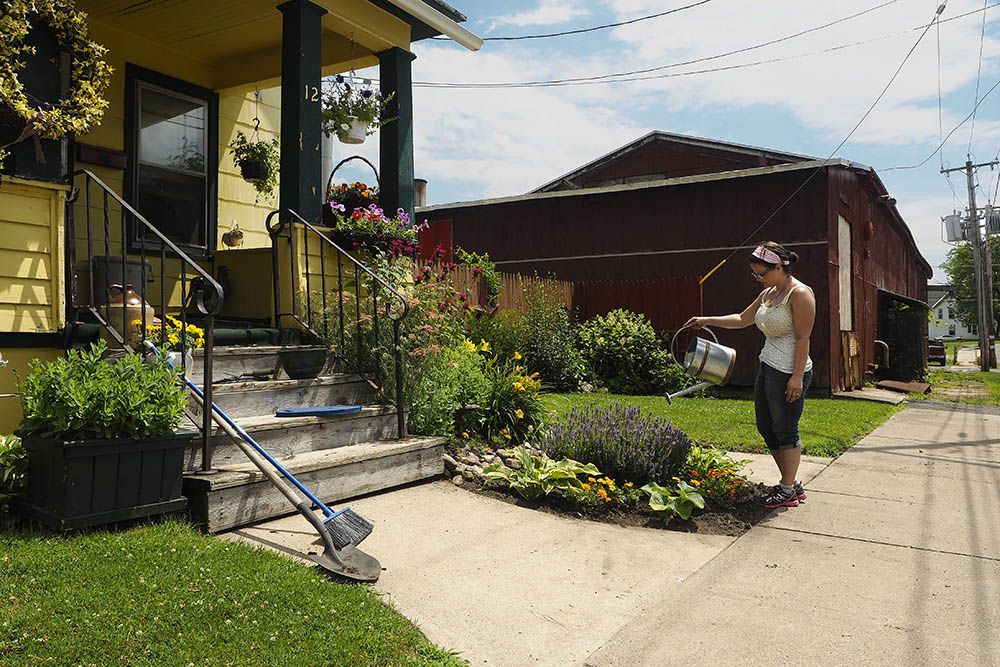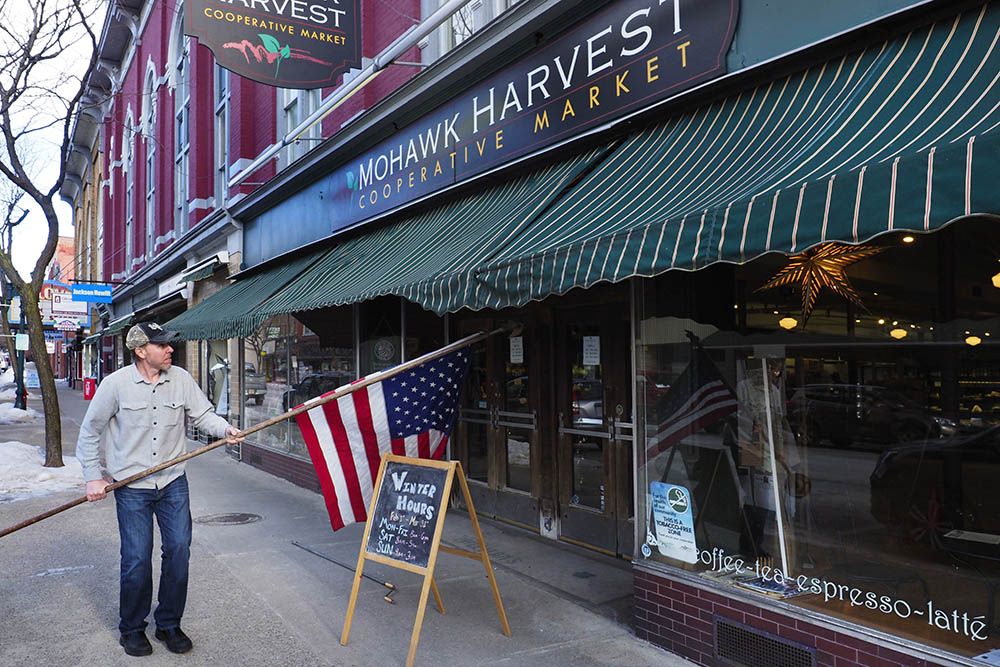February 23, 2017 | Middle School, High School
See the Educator Notes for Common Core standards
Introduction:
- When you want to learn about a current event or topic, how do you do that? Where do you get your news and how do you learn more about a topic if you want to know more about it?
- How is this information presented to you? Is it long-form written stories, illustrations, interactive graphics, etc.? A combination?
- Think about the news you consume. Do you prefer one type of medium to others? Why?
Reading and Discussion:
- Read Debbie Price's stories "In Upstate New York, Leather’s Long Shadow" and "In Appalachia’s Foothills, a Leaner Textile Industry Rises," and view Larry Price's photos for both. Make sure you view the interactive versions of the stories on UnDark.
- While you are viewing the story think about
- Why did the Prices' choose to use both photographs and the written word to tell their story?
- How do they compliment each other?
- What are the advantages and disadvantages of using both?
- As a class, discuss
- How did the industries discussed in the stories impact the town's economy, environment, and public health?
- What factors led to the decline of the tannery, glove, and textile industries in the late 20th C?
- How did some American companies in these industries survive? What role does specialization and technology play?
- What happened to the local areas during the period of decline?
- How are Gloversville and Catawba County adjusting now?
- What are the pros and cons of creating health and water regulations?
- What are the pros and cons of automation in the textile industry?
- Do you think getting rid of regulations would bring the leather industry back to New York? Do you think the people of Gloversville would accept the consequences of unregulated industries?
- Do you think getting rid of automation would bring more textile jobs to Catawba County? Does large-scale garment manufacturing need to return for the county to be sucessful?
Narrative Timeline:
- As a class, use the story (both text and photos) to create a timeline of the tannery and glove industries in Gloversville and the textile industry in Catawba County.
- Use a chalkboard, a whiteboard, a piece of butcher paper, or an online document to create your timeline.
- Use quotes or images from the Prices' story to create the timeline. Explain why you chose to use an image or text in a certain place.
Creating Your Own Timeline:
- Choose a current event that interests you.
- Do research to find reliable sources that explain the historical context of the current event? Make sure you have at least two different types of media to use in your timeline.
- Create a timeline for your current event using the sources. Make sure you cite which source you used at each point of the timeline.
- Present your timeline to the class and answer any questions about the content of your timeline or how you constructed it.
Educator Notes:
CCSS.ELA-Literacy.CCRA.R.1
Read closely to determine what the text says explicitly and to make logical inferences from it; cite specific textual evidence when writing or speaking to support conclusions drawn from the text.
Read closely to determine what the text says explicitly and to make logical inferences from it; cite specific textual evidence when writing or speaking to support conclusions drawn from the text.
CCSS.ELA-Literacy.CCRA.R.2
Determine central ideas or themes of a text and analyze their development; summarize the key supporting details and ideas.
Determine central ideas or themes of a text and analyze their development; summarize the key supporting details and ideas.
CCSS.ELA-Literacy.CCRA.R.3
Analyze how and why individuals, events, or ideas develop and interact over the course of a text.
CCSS.ELA-Literacy.CCRA.R.7
Integrate and evaluate content presented in diverse media and formats, including visually and quantitatively, as well as in words.
CSS.ELA-Literacy.RH.6-8.2
Determine the central ideas or information of a primary or secondary source; provide an accurate summary of the source distinct from prior knowledge or opinions.
Analyze how and why individuals, events, or ideas develop and interact over the course of a text.
CCSS.ELA-Literacy.CCRA.R.7
Integrate and evaluate content presented in diverse media and formats, including visually and quantitatively, as well as in words.
CSS.ELA-Literacy.RH.6-8.2
Determine the central ideas or information of a primary or secondary source; provide an accurate summary of the source distinct from prior knowledge or opinions.
CCSS.ELA-Literacy.RH.6-8.3
Identify key steps in a text's description of a process related to history/social studies (e.g., how a bill becomes law, how interest rates are raised or lowered).
CCSS.ELA-Literacy.RH.6-8.7
Integrate visual information (e.g., in charts, graphs, photographs, videos, or maps) with other information in print and digital texts.
Identify key steps in a text's description of a process related to history/social studies (e.g., how a bill becomes law, how interest rates are raised or lowered).
CCSS.ELA-Literacy.RH.6-8.7
Integrate visual information (e.g., in charts, graphs, photographs, videos, or maps) with other information in print and digital texts.

